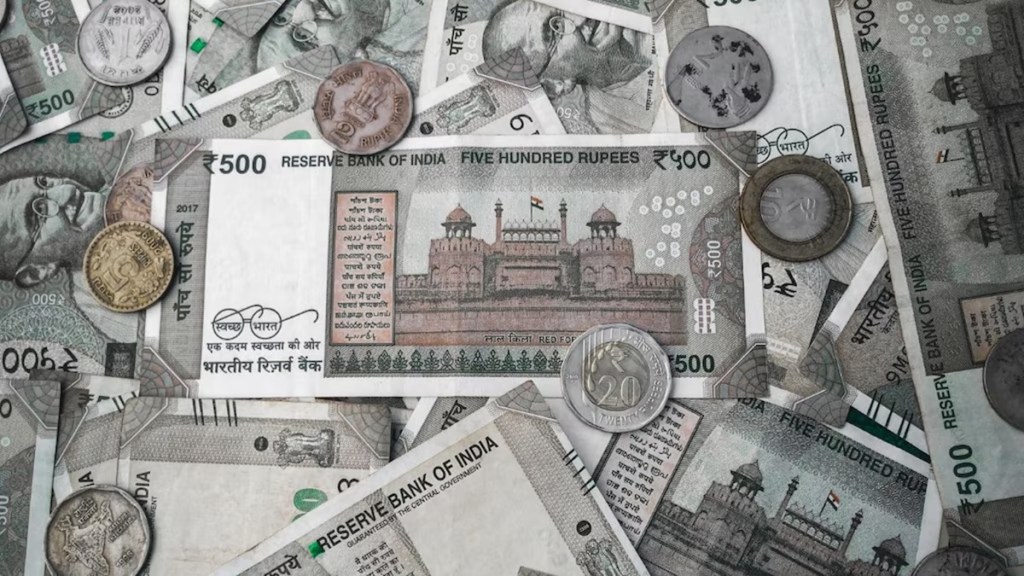The fiscal third quarter for the banking sector though was weighed down by lower core income, muted margins and higher slippages which affected the profitability, asset quality remained in comfortable range for large banks. According to Capitalline data, the net profit of 32 scheduled commercial banks (SCBs) went up by 21.2 per cent YoY but dropped 2.4 per cent sequentially. Excluding State Bank of India (SBI) which posted Q3 profit growth of 84.32 per cent to Rs 16,891.44 crore, the banking sector’s net profit was up 12 per cent on-year.
Commenting on moderation in overall profitability, an analysis report by InCred Equities said, “This is because of lower non-core income (treasury income/recovery from written-off) and moderation in margins. Negative margin impact on core profitability was partly offset by contained cost growth and healthy core fee income. Credit cost was well managed and was broadly steady sequentially. IndusInd Bank witnessed lower core profitability, mainly owing to a sharp decline in margins.”
Asset quality in comfortable range for large banks
The banking sector in India has significantly cleaned up its balance sheets over the past few years and this was achieved primarily through pushing big-ticket stressed asset cases to insolvency courts and conducting large-scale loan write-offs. InCred Equities said that while the loan slippage for large banks increased sequentially but overall, it remained at a reasonable level. “The sequential uptick was due to seasonal agri slippage and increased stress formation in unsecured segments (i.e. personal loans, credit cards and microfinance). Credit costs (at large banks) were broadly contained QoQ, helped by healthy recovery/upgrades as well as utilization of some contingent buffers.” Further, it added that select mid-sized banks witnessed elevated slippage, given their high exposure to unsecured segments. MFI slippage, meanwhile, continued to remain elevated in Q3FY25 as against Q2FY25. That said, the brokerage firm added that a few banks also stepped up provisioning on their MFI exposure.
Volume growth a key area of concern
According to InCred Equities, system deposit growth moderated to around 10 per cent YoY in Q3FY25 vs 12 per cent YoY in Q2FY25. On a sequential basis, deposit growth moderated to 0.7 per cent vs +3 per cent in Q2FY25. System loan growth slowed to 11 per cent YoY (+2.6 per cent QoQ) vs 13 per cent YoY in Q2FY25. Retail (mainly secured) & SME segments continue to drive growth while the corporate segment’s growth remains subdued, it said.
System liquidity
System liquidity remains in deficit post recent cut of 25 bp in repo rate by the Reserve Bank of India (RBI) and this could restrict banks from going for term deposit rate cuts in the near term. “Average LCR of large private banks is in the range of 120-125 per cent while for State Bank of India (SBI) it is at around 136 per cent. Key thing to watch out would be – is pricing power now coming back on the lending side?,” InCred Equities stated.
NIM moderation over the next few quarters to differ
This, per the brokerage firm, will be based on reset dates of repo loans and the share of repo-linked loans. In Q3FY25, margins moderated at large private banks by 3-6bp. This was mainly owing to a rise in the share of term deposits and a sequential uptick in slippage. Mid-sized private banks with material exposure to unsecured retail segments witnessed a sharper margin decline owing to higher slippage-led interest reversals as well as lower disbursement of higher-yielding unsecured loans. Further, state-owned banks witnessed margin compression on account of the deposit mix shifting towards term deposits and lower trading gains on excess liquidity (booked under interest income).
